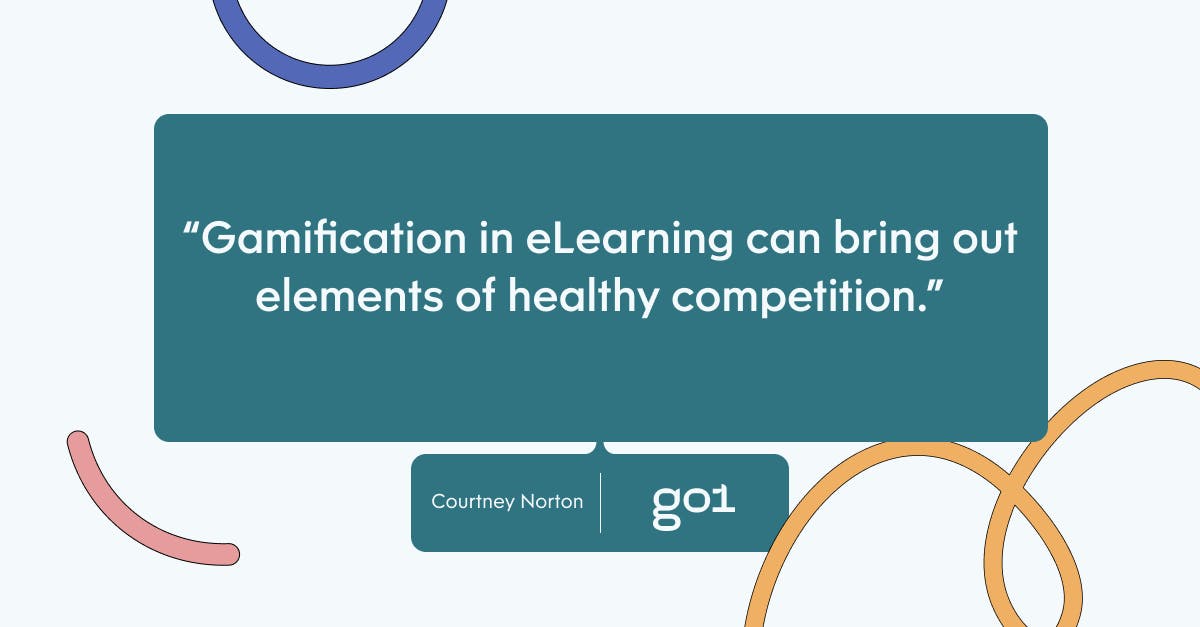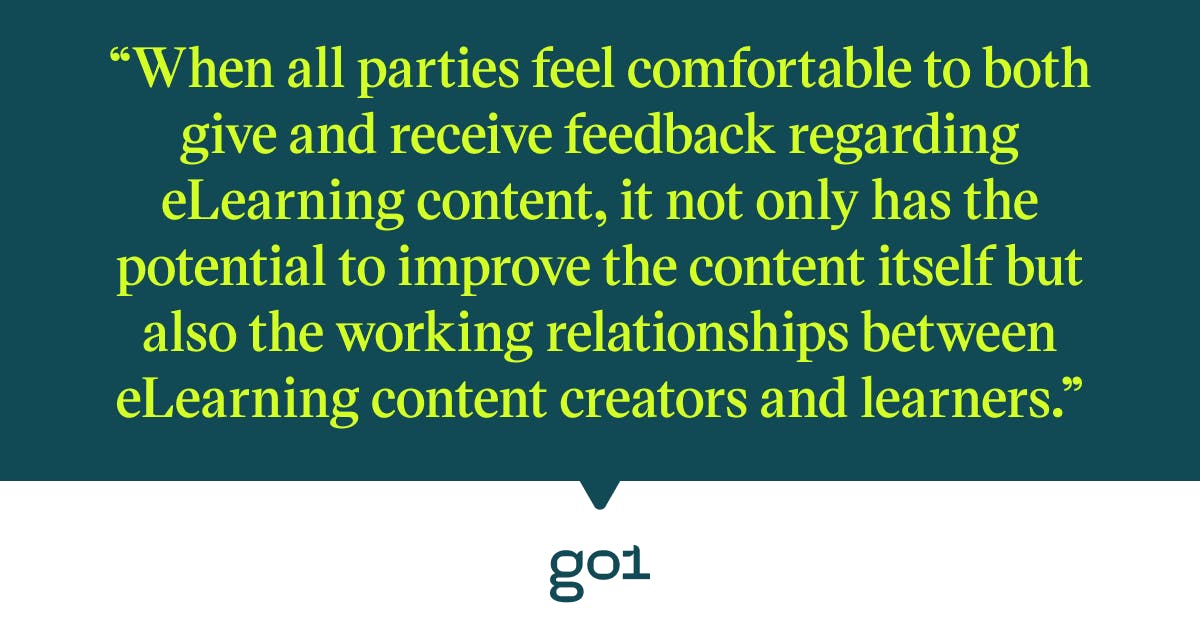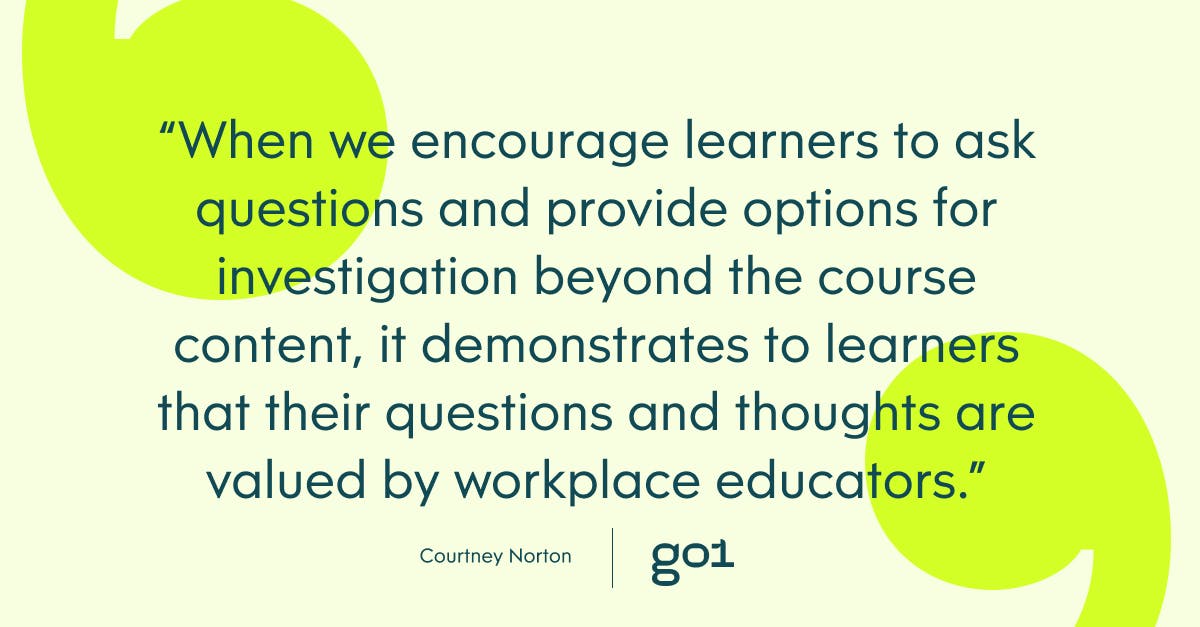
Is your eLearning content hitting the mark? 6 techniques for maximum learner engagement

If there’s anything the last couple of years have taught us about L&D, it’s that eLearning is no longer a ‘nice to have’ but is now an absolute ‘must have’.
However, it’s not enough just to forge ahead and create digital content without today's learner top of mind. There are key considerations and trends to tap into if you want your content to reach peak engagement and have your customers coming back for more. But how do you get learners engaged and keep them engaged?
Check out these six learner engagement techniques that could change eLearning in your workplace for the better.
Know your audience
The idea of ‘knowing your audience’ is something that’s often associated with media like movies, books and tv shows - but it’s essential for eLearning as well. What works for one group of workers won’t necessarily work for another, even if those workers are in the same profession.
It’s all about understanding the motivation of the specific workers involved in the learning. For content creators, having conversations with your customers and asking questions to learn more about the people behind the screen that you're creating the content for can be extremely beneficial. What are they looking to get out of the training? What sort of activities have they enjoyed or not enjoyed in the past? Have any workers dropped out of eLearning before? Why? They may seem like simple questions but when asked, can provide audience engagement insights before a course is even released.
Microlearning
Anyone that’s had experience with eLearning has no doubt had a moment (or several) where they've looked at a course summary, seen that it seems to take far too many hours out of the workday and thought, “no thanks, I don’t have time for that.”
After all, the average amount of uninterrupted work in an office is 11 minutes; that’s hardly enough time to start and complete an entire course. It could be an extremely interesting topic or one that could make their everyday work lives much easier, but a course that seems overly long can seem intimidating or potentially even boring.
There is a way to combat this and it’s not as tricky as you might expect. You wouldn’t try to eat an entire sandwich in one bite. You take small bites until the sandwich is finished. A similar approach can be taken with eLearning. When a course is broken up into smaller, bite sized pieces, it can seem much easier to begin and eventually finish.
This principle applies both to the learners themselves as well as eLearning content creators. In fact, a massive 95% of eLearning professionals prefer delivering microlearning over day-long seminars, because that’s what their users enjoy.
Gamification
Using play to assist with learning is not a concept that’s limited to children’s education. It works for people of all ages, and it doesn’t mean learning is taken less seriously. In fact, it can mean the opposite. When people are having fun, they’re more likely to become engaged and then stay engaged with the content.
Gamification in eLearning can also bring out elements of healthy competition. It means that workers are more likely to put more effort into the learning since they’ve got something to compete for, even if it’s just a virtual gold star.

Feedback
Much like everything else in L&D, feedback is essential for ensuring that your workplace’s eLearning is keeping learners engaged. Feedback in eLearning is a two-way street. Learners want to be able to receive feedback to know what they’re doing well or what they can improve on. At the same time, they want to feel safe enough to also provide feedback regarding the eLearning so that it can evolve and improve with time.
When all parties feel comfortable to both give and receive feedback regarding eLearning content, it not only has the potential to improve the content itself but also the working relationships between eLearning content creators and learners.

Flexible learning
The ability for workplaces to be increasingly flexible for their employees has been a welcome change over the last few years. We know that flexible work promotes greater participation, productivity, and employee satisfaction. And of course, it makes sense to extend that flexibility to eLearning.
Some simple ways to make eLearning more flexible and therefore more engaging include:
- the opportunity to choose where to complete the learning, whether that be in the office or from home
- making the content accessible in a variety of platforms including desktop, mobile and tablet
- the ability to choose when to complete the content – and specifically, the ability to take breaks from the eLearning and come back to it, rather than having to complete it all at once
Encourage curiosity
There’s a great old saying that says we should “allow the curious cat to wander.” In other words, we should encourage questions and further investigation.
This principle certainly applies to eLearning as well. When we encourage learners to ask questions and provide options for investigation beyond what the course content offers, it further demonstrates to learners that their questions and thoughts are valued by workplace educators. Additionally, it also provides insight for employers into the type of eLearning content their employees are responding well to.

Using these techniques to help ensure that we are hitting maximum learner engagement with our eLearning is all part of the wider concept of ‘learning in the flow.’ By practising these techniques, the benefits will no doubt extend beyond eLearning in the workplace and into the workplace in general, helping workers to stay increasingly engaged in their work overall. Here, you can learn more about how learning in the flow can help increase your workplace productivity.
You can also check out our latest solution that will also help support learning in the flow: Go1 Connect. Go1 Connect enables eLearning content creators to distribute content directly to the environments their customers use, whilst still allowing them to have full control. If you’re ready to learn more about Go1 Connect or have any questions, check out this page.




